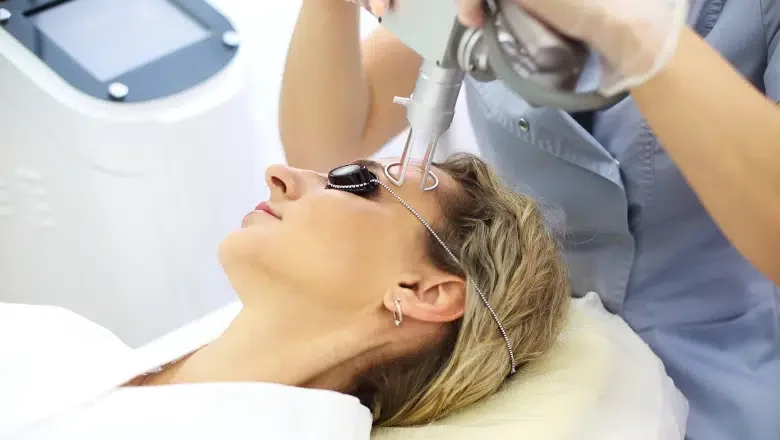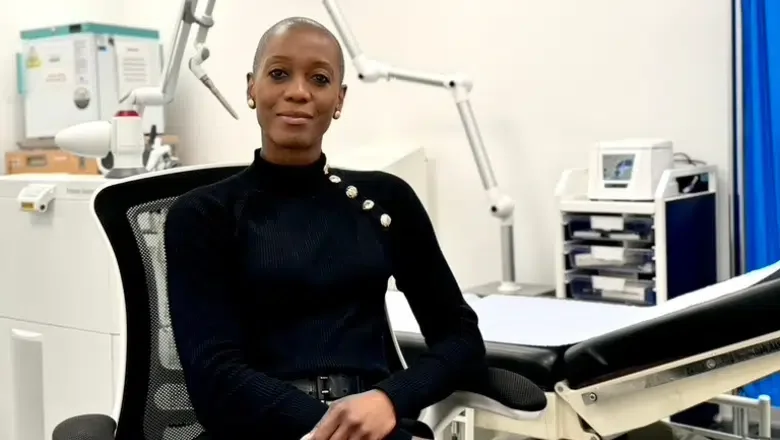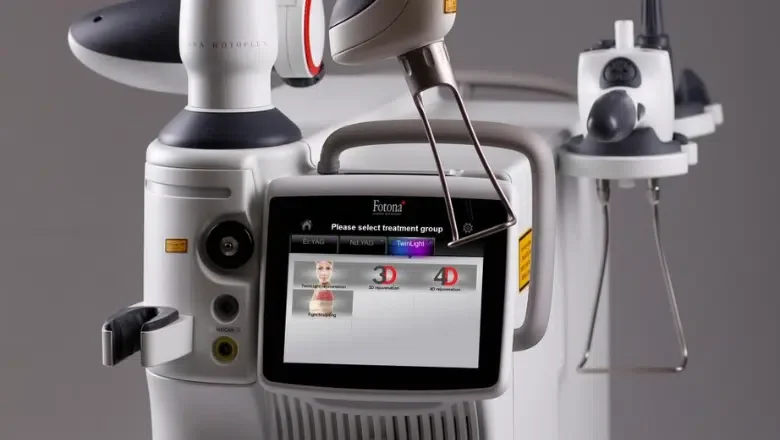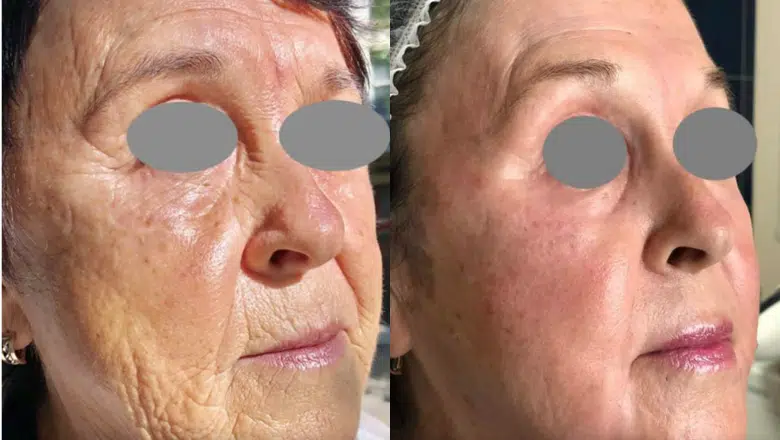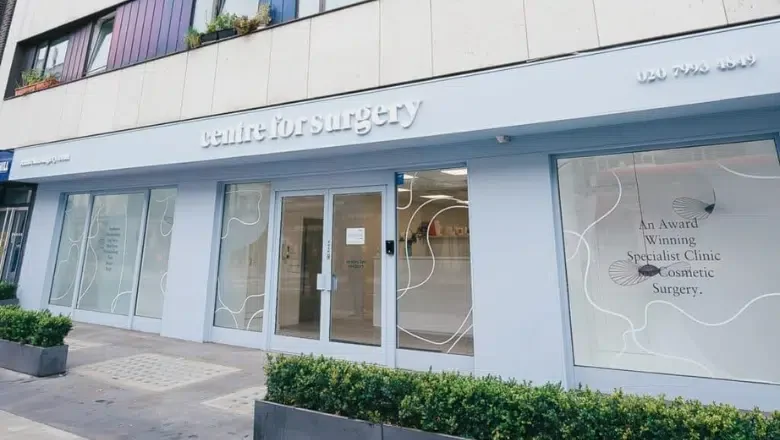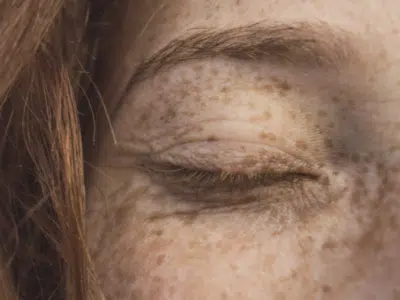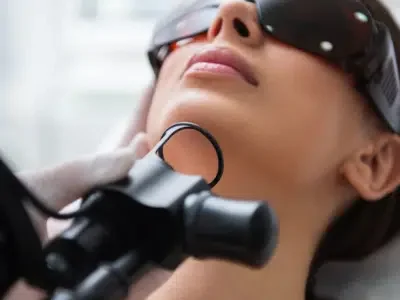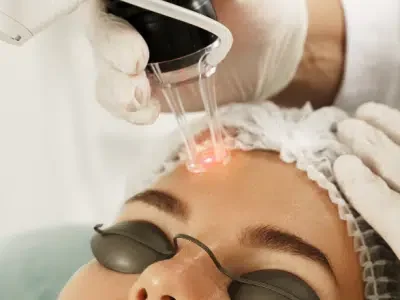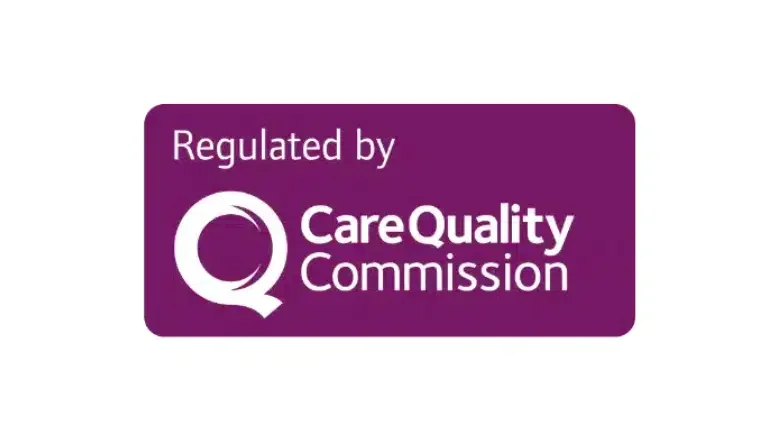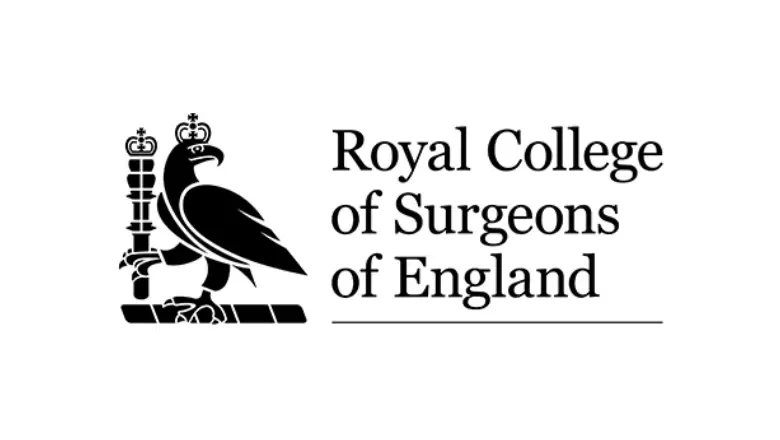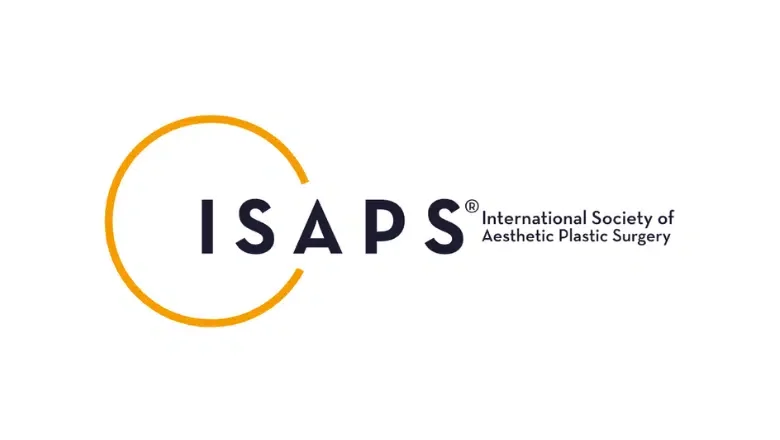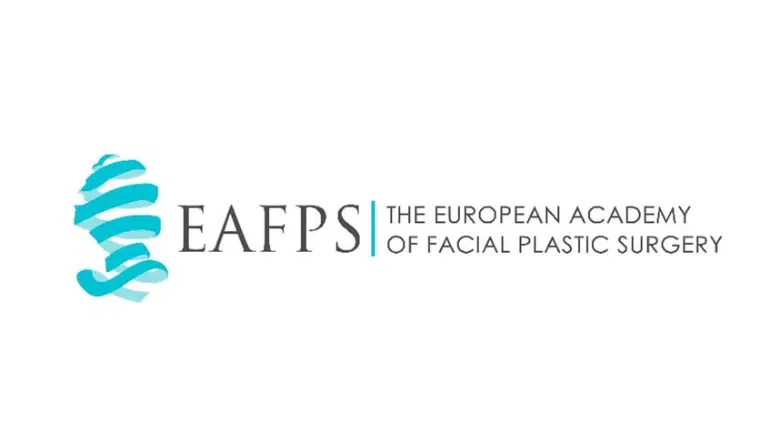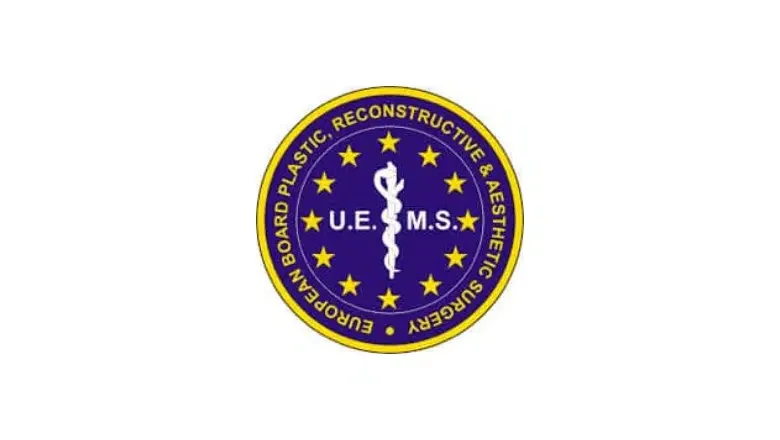Laser skin resurfacing is a highly effective cosmetic procedure that offers numerous benefits for your skin’s appearance and health. It can significantly reduce fine lines and wrinkles, eliminate raised skin lesions, and enhance the look of various scars, including those caused by acne. This treatment operates by precisely removing layers of damaged skin using advanced technology like Fotona’s Erbium YAG laser. The laser’s precision allows for targeted skin ablation, resulting in remarkable aesthetic improvements. One of the major advantages of this procedure is that it achieves impressive results without the need for invasive surgery, making it a popular choice for those seeking noticeable enhancements with minimal downtime.
If you’re considering laser skin resurfacing, you might be curious about the healing process and how long it will take to see the final results. Many people have questions about post-procedure care, potential side effects, and when they can resume their normal activities. Understanding what to expect can greatly ease any anxieties and help you prepare accordingly. In this article, we will delve into the healing journey following laser skin resurfacing. We’ll outline typical recovery timelines, discuss factors that may influence the healing process, and offer tips to ensure a smooth and swift recovery. Our aim is to provide you with a comprehensive understanding so you can make an informed decision and feel confident moving forward.
RELATED: Laser Skin Resurfacing vs Chemical Peels: Which is Better?
At Centre for Surgery, we take pride in our team of highly skilled skin specialists who are dedicated to helping you achieve your aesthetic goals. Our experts have extensive experience performing laser skin resurfacing procedures using the latest technologies and techniques. Recognising that each person’s skin is unique, they tailor the laser treatment to suit your specific needs. This personalised approach not only maximises the effectiveness of the treatment but also helps to minimise recovery time. We are committed to providing you with the highest standard of care, ensuring you feel comfortable and supported throughout the entire process. With our team’s expertise and dedication, you can trust that you’re in capable hands as you embark on your journey towards healthier, more radiant skin.
How to Prepare Your Skin for Laser Skin Resurfacing
Proper preparation is key to achieving the best results from your laser skin resurfacing treatment. This process starts during your initial consultation with our aesthetic team, where our skilled aesthetic doctor will discuss your cosmetic goals and review your medical history. By understanding your specific concerns and expectations, we can formulate a personalised treatment plan that effectively addresses your unique skin needs.
Important Preparations Before Your Procedure
To ensure optimal outcomes and a smooth recovery, there are several essential steps you should take in the weeks leading up to your treatment. Firstly, it’s crucial to minimise your exposure to ultraviolet (UV) rays. Recent tanning or sunburn can make you ineligible for the procedure, so make a concerted effort to avoid direct sunlight. When sun exposure is unavoidable, protect your skin by applying a high-factor sunscreen with at least SPF 30. This precaution helps maintain your skin in the ideal condition for laser treatment.
In the two weeks preceding your appointment, discontinue the use of certain skincare products and treatments. Avoid facials, microdermabrasion sessions, and any topical retinoids. These substances can increase skin sensitivity and may interfere with post-treatment healing. Additionally, steer clear of irritants such as glycolic and salicylic acids, benzoyl peroxide, vitamin C serums, and any medications or creams that thin the skin or heighten its sensitivity to sunlight.
If you’re currently using certain acne medications, it’s important to stop taking this medication at least three to six months before your laser treatment, depending on your dosage. Powerful acne medications can significantly affect your skin’s ability to heal and may increase the risk of complications during recovery.
For those with a history of perioral herpes (cold sores around the mouth), please inform our team during your consultation. We may recommend prophylactic antiviral therapy before your procedure to prevent any outbreaks that could impact the healing process and overall results.
On the day of your treatment, ensure that you do not apply any makeup to the areas that will be treated. Arriving with clean, product-free skin allows the laser to work more effectively and reduces the risk of infection or adverse reactions.
What to Expect During Laser Skin Resurfacing
When you come in for your laser skin resurfacing procedure, your practitioner will begin by carefully identifying and outlining the specific areas of your skin that require treatment. This step ensures that the laser targets only the regions that need attention, whether it’s for reducing fine lines, smoothing out wrinkles, or improving the appearance of scars. Once the treatment areas are marked, the practitioner will proceed to apply the Erbium YAG ablative laser.
During the laser application, you may feel a warming sensation or a slight pinching on your skin. These sensations are normal and indicate that the laser is effectively working on the targeted areas. However, the procedure is generally well-tolerated and is not typically described as painful by most patients. The laser works by precisely removing the outer layers of damaged skin, which allows new, healthier skin to emerge over time. This process not only revitalises your skin’s appearance but also promotes collagen production, leading to longer-lasting results.
RELATED: Is Laser Skin Resurfacing Painful?
What Laser is Used for Skin Resurfacing?
At Centre for Surgery, we are committed to using the most advanced and effective technologies to ensure the best possible outcomes for our patients. Our aesthetic specialists utilise the Fotona SP Dynamis laser in its ablative Erbium YAG mode to perform skin resurfacing treatments. This state-of-the-art laser system is renowned for its precision and efficacy in cosmetic procedures.
The Fotona SP Dynamis laser operates by precisely vaporising the superficial layers of the skin without causing significant damage to the surrounding tissues. Its advanced technology allows for controlled ablation of the skin’s surface, which minimises the risk of side effects and promotes quicker healing. The laser stimulates the body’s natural healing processes by targeting only the damaged or aged skin cells. This leads to the regeneration of fresh, healthy skin and the improvement of various skin imperfections.
Healing Process and Timeline after Erbium Laser Resurfacing
Undergoing laser skin resurfacing is a significant step towards achieving smoother, more youthful-looking skin. Understanding the healing process that follows can help you prepare and manage your expectations as your skin recovers and rejuvenates. Here’s a detailed week-by-week guide of what you can anticipate during the post-treatment period.
Week One
In the first week after your treatment, your skin will be at its most sensitive. It’s entirely normal to experience tenderness, swelling, and redness during this initial healing phase. The treated areas may feel warm to the touch, and you might notice a degree of discomfort akin to a mild sunburn. This is a natural response as your skin begins to heal from the controlled micro-injuries inflicted by the laser.
Your practitioner will provide specific aftercare instructions to aid your recovery. These may include gently cleansing the skin with a mild cleanser, applying prescribed ointments or moisturisers to keep the skin hydrated, and avoiding any activities that may irritate the skin, such as vigorous exercise or exposure to high heat. It’s crucial to resist the temptation to touch or scratch the treated areas, as this can introduce bacteria and potentially lead to infection.
RELATED: When Can I Apply Make-Up After Laser Skin Resurfacing?
Week Two
By the second week, you should notice a significant reduction in swelling and redness. The initial tenderness should start to ease, making daily activities more comfortable. During this stage, it’s common for the skin to begin peeling or flaking. This peeling is a positive sign indicating that the outer layer of damaged skin is shedding to reveal new, healthy skin beneath.
As your skin undergoes this transformation, continue to follow your practitioner’s aftercare advice. Keeping the skin moisturised will help manage the peeling process and soothe any remaining sensitivity. It’s important not to pick or peel the skin manually, as doing so can cause scarring or delay the healing process. You may also be advised to start incorporating a gentle sunscreen into your routine if you haven’t already, as your new skin will be particularly susceptible to sun damage.
Week Three
By the third week, most of the visible signs of your treatment should have subsided. Any peeling should have ceased, and the fresh, revitalised skin underneath will be more apparent. You might still experience slight redness or pinkness in the treated areas, but this should continue to fade over time.
At this point, you can begin to appreciate the results of your laser skin resurfacing procedure. Your skin may appear smoother, with a more even tone and texture. Fine lines, wrinkles, and scars should be less noticeable, contributing to a more youthful and refreshed appearance.
Laser Skin Resurfacing Aftercare to Aid the Healing Process
Undergoing laser skin resurfacing is a significant step towards rejuvenating your skin’s appearance and texture. To maximise the benefits of the treatment and ensure a smooth recovery, it’s essential to follow specific aftercare guidelines. Proper care not only aids the healing process but also helps in achieving the best possible results. Below are some important considerations to keep in mind as you navigate the period after treatment.
Prioritising Rest for Optimal Healing
Adequate rest is fundamental to the body’s healing processes. After your laser treatment, your skin cells work diligently to repair and regenerate. Ensuring you get plenty of sleep gives your body the necessary conditions to carry out these restorative functions effectively.
Aim for at least seven to nine hours of sleep each night, and try to establish a consistent sleep schedule by going to bed and waking up at the same times each day. Creating a peaceful sleep environment can significantly improve sleep quality. This might involve keeping your bedroom cool and dark, using comfortable bedding, and minimising noise disruptions. It’s also beneficial to engage in relaxing activities before bedtime, such as reading or taking a warm bath, while avoiding stimulating activities like using electronic devices or consuming caffeine late in the day.
Stress management is equally important, as stress can impede the healing process and affect sleep quality. Techniques such as deep breathing exercises, meditation, or gentle yoga can help reduce stress levels. By prioritising relaxation, you support your body’s natural ability to heal and recover.
Protecting Your Skin from Sun Exposure
One of the most crucial steps after laser skin resurfacing is shielding your skin from the sun’s harmful ultraviolet (UV) rays. Following the procedure, your skin becomes more sensitive and vulnerable to sun damage. Excessive sun exposure can lead to complications such as hyperpigmentation, where patches of skin become darker than the surrounding areas, or even scarring.
To prevent these issues, you should minimise your time spent outdoors, especially during peak sunlight hours between 10 a.m. and 4 p.m. When you need to be outside, wearing a broad-spectrum sunscreen with at least SPF 50 is essential. Apply it generously to all treated areas, and remember to reapply every two hours or immediately after sweating or swimming. Additionally, wearing protective clothing like wide-brimmed hats and long sleeves can offer extra defence against UV radiation. These precautions are vital in the immediate aftermath of your treatment and should become a long-term habit to maintain your skin’s health and appearance.
Adopting Healthy Lifestyle Habits
Your daily habits and lifestyle choices greatly influence long-term skin health. Incorporating healthy practices into your routine not only aids in recovery but also enhances the longevity of your treatment results. Continuing to protect your skin from sun exposure, even after the initial healing period, helps prevent future damage and signs of ageing.
Establishing a regular skincare routine with products suitable for your skin type can maintain the improvements achieved through laser resurfacing. This routine might include gentle cleansing, moisturising, and the use of serums or treatments recommended by your practitioner. Avoiding smoking and limiting alcohol consumption is also important, as both can negatively affect skin health by reducing blood flow and depleting essential nutrients.
Regular physical activity, adequate sleep, and stress management contribute to overall well-being and reflect positively on your skin’s appearance. Making these healthy choices a part of your lifestyle before your treatment can ease the transition and make them more sustainable in the long run. By committing to these practices, you support your skin’s healing process and invest in its future health and vitality.
Gentle Care When Cleansing Your Skin
In the days following your treatment, your skin will be particularly delicate and require gentle handling to prevent irritation or damage. When washing your face, use lukewarm water rather than hot, as hot water can strip the skin of essential oils and exacerbate sensitivity. Choose a mild, fragrance-free cleanser designed for sensitive skin to avoid any harsh chemicals that could irritate.
It’s important to cleanse your skin softly, using your fingertips rather than abrasive washcloths or sponges. After washing, gently pat your skin with a soft, clean towel instead of rubbing vigorously. Avoid applying any skincare products that contain strong, active ingredients like retinoids, alpha hydroxy acids, or exfoliants until your practitioner advises it is safe to do so. These substances can be too harsh for healing skin and may lead to adverse reactions.
Moisturising is crucial to keep your skin hydrated and to support the healing process. Use a gentle, non-comedogenic moisturiser your practitioner recommends to maintain skin hydration without clogging pores. Following these gentle cleansing practices helps protect your skin’s natural barrier and promotes a quicker, more comfortable recovery.
Limiting Strenuous Activities
During the initial healing phase, typically the first week after your treatment, it’s advisable to refrain from strenuous physical activities. Intense exercise can increase blood flow and potentially lead to swelling or bleeding in the treated areas. Activities that cause excessive sweating may also irritate your skin or introduce bacteria to sensitive areas, increasing the risk of infection.
Sports or exercises that involve physical contact or the possibility of objects coming into contact with your face should be avoided to prevent accidental injury to the healing skin. Instead, opt for light activities like gentle walking or stretching, promoting circulation without putting undue strain on your body. Always listen to your body, and if you experience discomfort or notice any adverse reactions, stop the activity and consult your practitioner.
Maintaining Hydration and Nutritional Support
Hydration and proper nutrition play significant roles in skin health and recovery. Drinking ample amounts of water aids in flushing out toxins and supports cellular functions essential for healing. Aim to drink at least eight glasses of water daily, and consider increasing your intake if you’re physically active or in a warm environment.
A balanced diet rich in vitamins, minerals, and antioxidants provides the building blocks your skin needs to repair itself. Focus on consuming various fruits and vegetables, whole grains, lean proteins, and healthy fats. Foods high in vitamin C, such as citrus fruits and berries, can boost collagen production, while those rich in omega-3 fatty acids, like salmon and flaxseeds, help reduce inflammation.
Avoiding excessive amounts of sugar and processed foods is also beneficial, as these can contribute to inflammation and slow down the healing process.
Common Mistakes to Avoid During Recovery from Laser Skin Resurfacing
Recovering from laser skin resurfacing is a delicate process that requires careful attention and patience. To ensure optimal healing and the best possible results, it’s important to be aware of certain common mistakes that can hinder your recovery.
One of the most crucial things to avoid is scratching or rubbing the treated areas. As your skin begins to heal, you may experience itching or a sensation of tightness, which is a normal part of the healing process. However, giving in to the urge to scratch can disrupt the skin’s regeneration, potentially leading to scarring or infection. If you find the itching uncomfortable, consider gently tapping the area or consult your practitioner for recommended soothing creams or ointments that are safe to use on healing skin.
Protecting your skin from sun exposure is another vital aspect of your recovery. Freshly treated skin is particularly sensitive to ultraviolet (UV) rays, which can cause significant damage, including hyperpigmentation or prolonged redness. Excessive sun exposure can also negate the benefits of the treatment by damaging the new skin cells that are forming. It’s advisable to stay indoors as much as possible during the initial healing phase. When you do need to go outside, apply a high-factor, broad-spectrum sunscreen—even on overcast days—and wear protective clothing like wide-brimmed hats or scarves to shield your face from direct sunlight.
In addition to these precautions, refrain from using any harsh skincare products on the treated areas until your practitioner advises it’s safe. Products containing strong chemicals, fragrances, or exfoliating agents can irritate your sensitive skin, leading to delayed healing or adverse reactions. Stick to gentle, hypoallergenic cleansers and moisturisers that provide hydration without causing irritation.
It’s also important to avoid activities that cause excessive sweating, such as strenuous exercise or spending time in saunas and hot tubs. Sweat can irritate the treated skin and increase the risk of infection. Allow your body the time it needs to heal by engaging in light activities and gradually reintroducing more strenuous exercises as your recovery progresses.
Laser Skin Resurfacing Healing Process FAQs
Embarking on a laser skin resurfacing treatment is an investment in your skin’s health and appearance. Naturally, you may have questions about the healing process and how to care for your skin afterward. Below are some frequently asked questions to guide you through your recovery journey.
How Long Does It Take for the Skin to Heal After Laser Resurfacing?
The healing time after laser skin resurfacing varies depending on several factors, including the type of laser used, the depth of the treatment, and your individual skin characteristics. Generally, you can expect the initial healing phase to last anywhere from a few days to two weeks.
- Superficial Treatments: For less intensive procedures that target the outermost layers of the skin, healing can occur within 3 to 5 days. You might experience mild redness and minimal swelling during this period.
- Deeper Resurfacing: More aggressive treatments that address deeper wrinkles, scars, or significant pigmentation issues may require a healing time of 7 to 14 days. Swelling, redness, and peeling are more pronounced during this phase.
It’s important to note that while the surface of your skin may heal within two weeks, underlying regeneration and collagen remodelling continue for several months. Full results are typically observed after this period, revealing smoother, more youthful-looking skin.
Choosing an experienced aesthetic team, such as the specialists at Centre for Surgery, can significantly influence your healing time. Expert practitioners utilise advanced techniques and personalised aftercare plans to minimise recovery duration and enhance results.
What Activities Should I Avoid After Laser Resurfacing?
Good Aftercare is crucial for a successful recovery and optimal results. During the initial healing stages, it’s important to avoid certain activities and environmental exposures that could hinder your skin’s regeneration.
- Avoid Sun Exposure: Your skin becomes highly sensitive to ultraviolet (UV) rays after laser resurfacing. Sun exposure can lead to complications like hyperpigmentation or scarring. Minimise time spent outdoors, especially between 10 a.m. and 4 p.m. When outside, apply a broad-spectrum sunscreen with at least SPF 50, wear wide-brimmed hats, and use protective clothing to shield your skin.
- Refrain from Strenuous Activities: Activities that cause excessive sweating, physical strain, or facial impact should be avoided for at least the first week. This includes heavy lifting, high-intensity workouts, and contact sports. Sweat can irritate the treated skin and increase the risk of infection.
- Do Not Scratch or Pick at Your Skin: As your skin heals, you may experience itching or notice peeling and flaking. It’s vital not to scratch, pick, or peel the skin manually, as this can introduce bacteria, cause scarring, or lead to uneven healing. If discomfort arises, consult your practitioner for recommended soothing methods or products.
- Avoid Harsh Skincare Products: Steer clear of skincare products containing strong chemicals, fragrances, exfoliants, or active ingredients like retinoids and alpha hydroxy acids until your practitioner advises they are safe to use. These can irritate your sensitive skin and impede the healing process.
- Limit Exposure to Heat Sources: Activities that expose your skin to high temperatures, such as hot baths, saunas, or steam rooms, should be avoided. Heat can exacerbate swelling and prolong redness.
Laser Skin Resurfacing in London – Why Choose Us
Selecting the right clinic for your laser skin resurfacing is essential to achieving the best possible results. At Centre for Surgery, we offer a combination of advanced technology and expert care to rejuvenate your skin effectively. Our team of highly skilled specialists is experienced in using cutting-edge equipment like the Fotona SP Dynamis laser, which allows for precise and tailored treatments suited to your unique skin needs.
We place a strong emphasis on your safety and comfort throughout the entire process. From your initial consultation to post-treatment follow-ups, our dedicated professionals are committed to providing personalised care every step of the way. We understand that every individual’s skin is different, so we develop customised treatment plans designed to optimise healing and enhance the overall appearance of your skin.
By choosing us for your laser skin resurfacing in London, you’re opting for excellence and a patient-focused approach. Our commitment to high-quality service and outstanding results makes us a trusted choice for those seeking to improve their skin’s texture and vitality. Experience the difference that expert care and advanced technology can make on your journey to healthier, more radiant skin.
